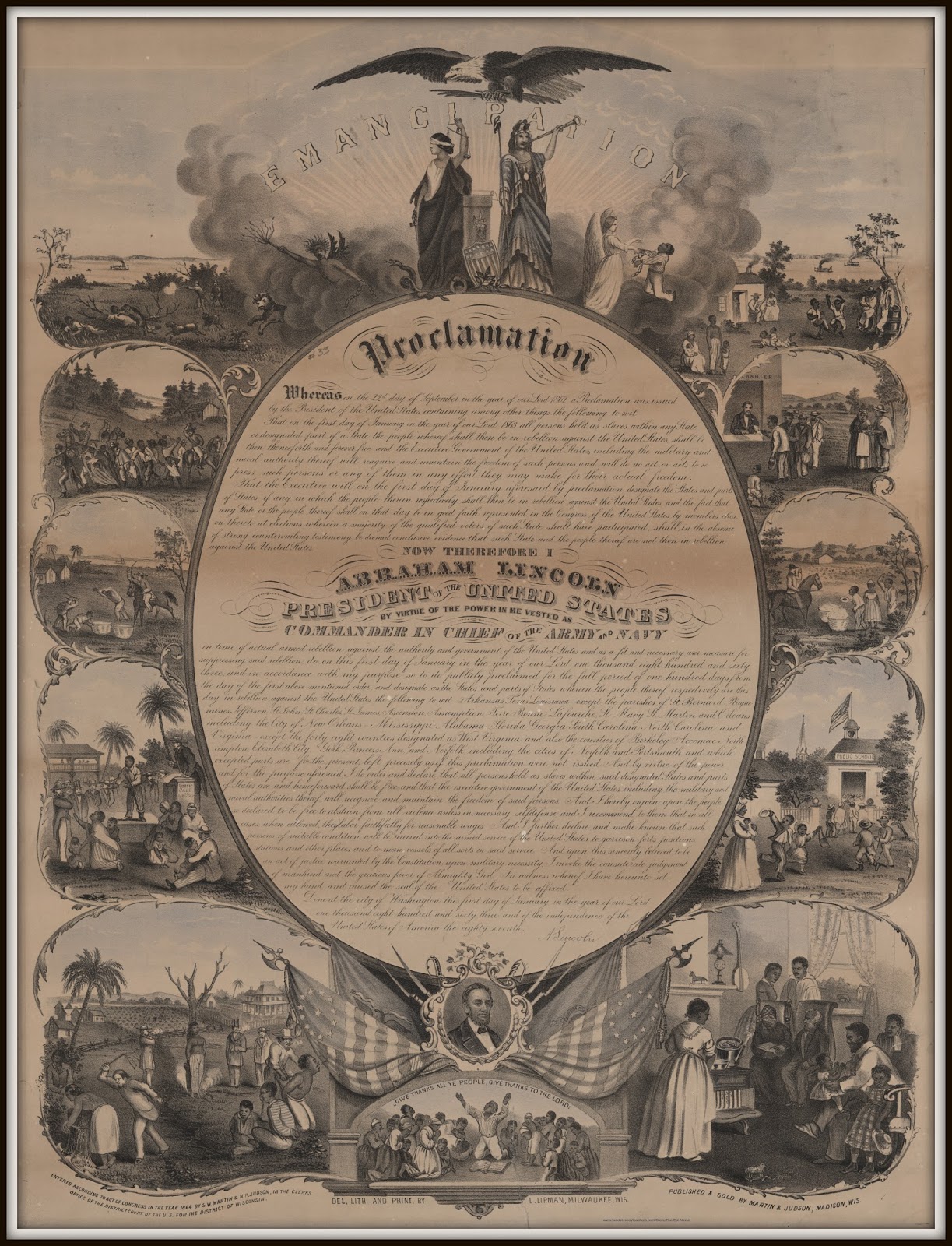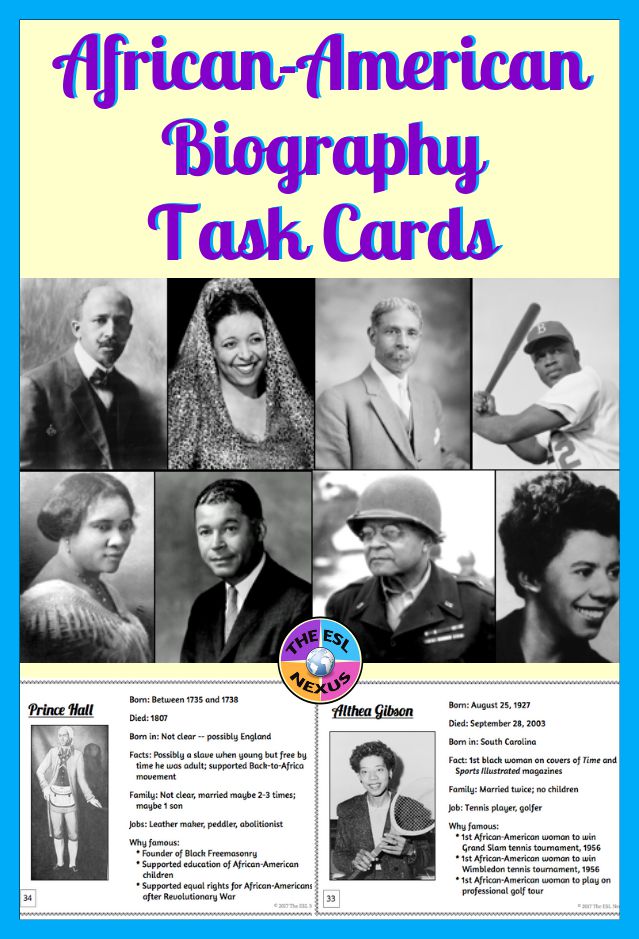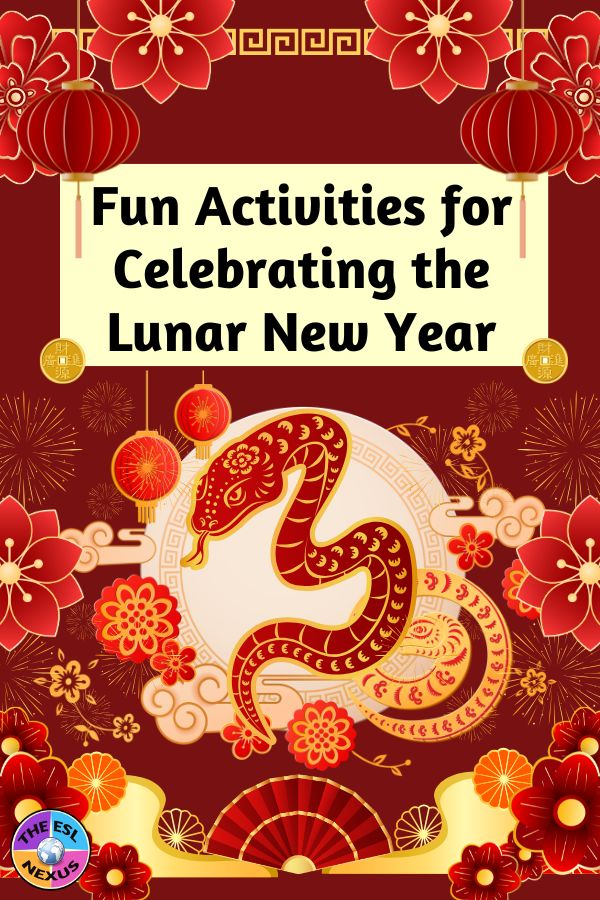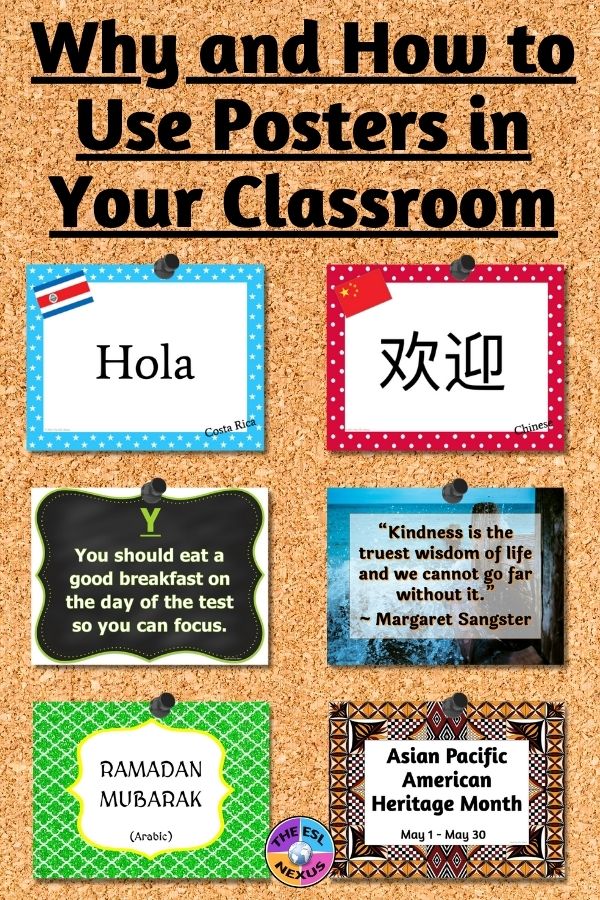A National Monument devoted to the Reconstruction period after the Civil War opened in 2016. It’s located in the area surrounding Beaufort, South Carolina, and reading about it reminded me of the two months I spent at nearby Penn Center on St. Helena Island as a Peace Corps trainer many years ago. Penn Center was a school founded for freed slaves and it is part of this National Monument. The Park Service manages it and you can read about it here.
That was the first time I’d ever been to the South and many of my stereotypes about the region were dispelled. I loved the time I was there: It was a gorgeous location, the food – I’d never had collards or grits or hush puppies before – was delicious, and the local people were wonderful. And I saw alligators only from a distance. :-)Older English Language Learners who are immigrants have probably heard about the Civil War and Abraham Lincoln freeing the slaves but they probably don’t have much background knowledge about that era or about African-American history in general. Here’s a quick and easy activity you can do to introduce all your students to this period, using a primary source document.
Directions for Primary Source Activity
 |
| Illustrated Emancipation Proclamation; you can also grab a copy HERE |
It should be pretty obvious that the illustrations on the left depict the life of enslaved persons and the illustrations on the right show what life might be like for freed African-Americans.You can also ask your students what the 2 large images in the center at the top represent, although many may not know. The image on the left is Justice because she is holding the scales normally associated with her. The image on the right depicts Columbia, a female representation of the United States of America. (For more info about Columbia, click here.)
You can also have your students write about their reaction to the before and after illustrations. Or they can write a compare-and-contrast composition about life for African-Americans before and after the Emancipation Proclamation was issued, using Venn diagrams or T-charts to analyze the pictures.
Many primary sources are hard for ELLs to access because the language in them is too difficult to comprehend. But if you focus on the images and not the text in this document, all students, including ELLs, can offer their ideas.
After doing this introductory activity, your students will be ready to go deeper into what the Emancipation Proclamation was all about and how it impacted the South and the rest of America.
Black History Month TPT Resource
Of course, there is much more about African-American history that students should learn. If you would like to teach your students about the accomplishments and pioneering firsts of African-Americans who were born in the 18th, 19th, and 20th centuries, you might be interested in this resource. It’s a collection of 80 task cards with biographies of famous and not-so-famous African-Americans that you can use to develop the writing, speaking, and listening skills of your students.
 |
| Click HERE for more info about this resource; source: The ESL Nexus |




